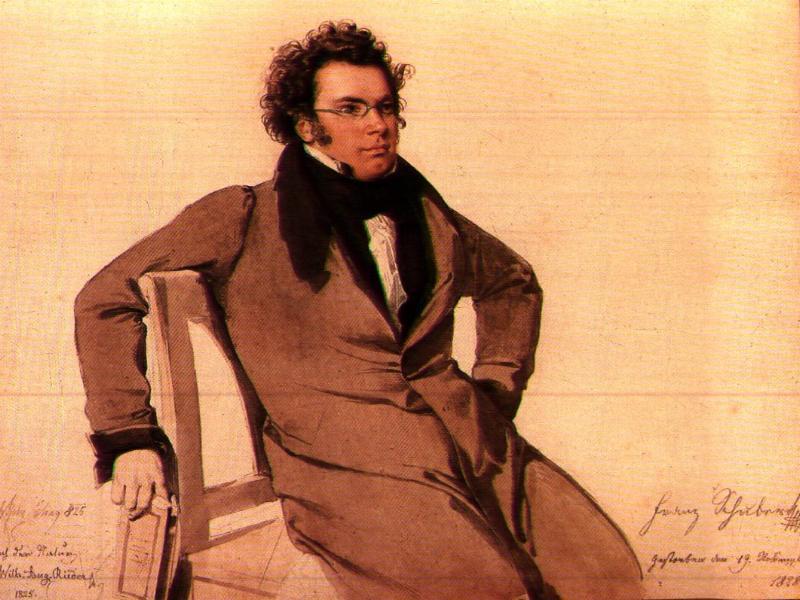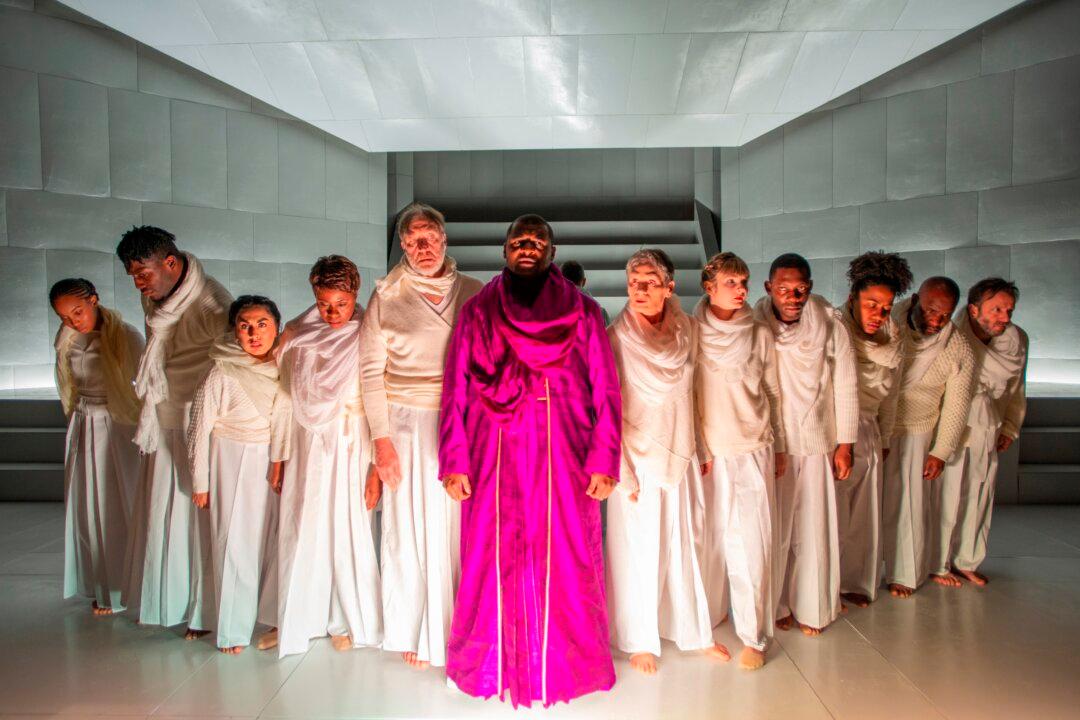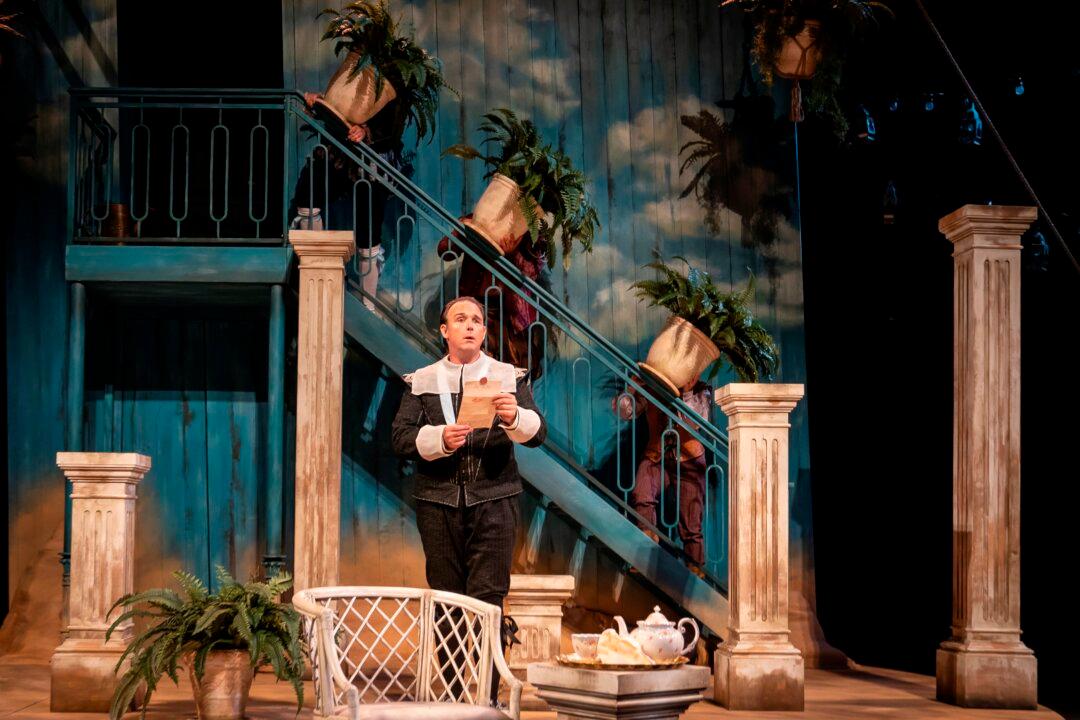Why the classics are important today is a radical question, according to John Henry Crosby, the founder and president of the nonprofit Hildebrand Project.
“The sensibility that the classics are important, deserving of a place of recognition, and worthy of being learned from, is in many ways anachronistic today,” he said on July 27. But it is a question worth pursuing.





